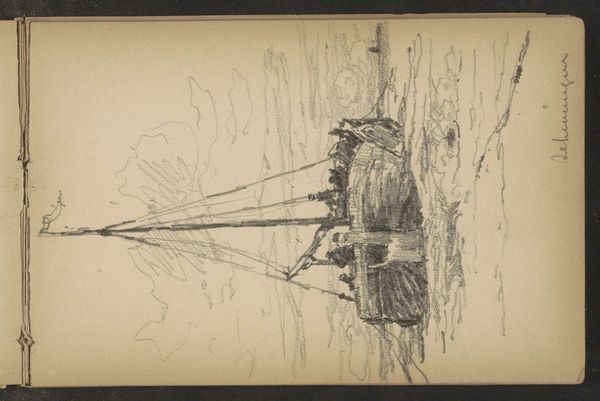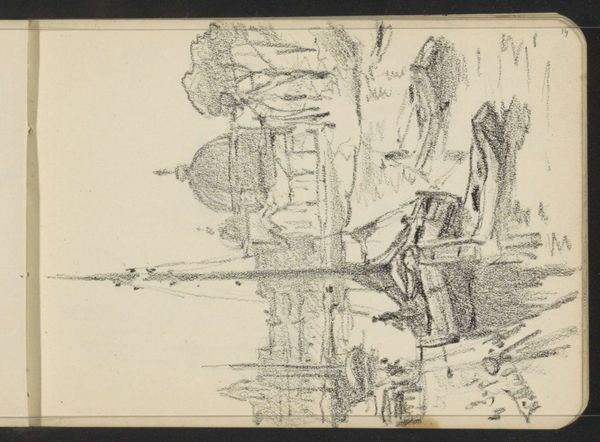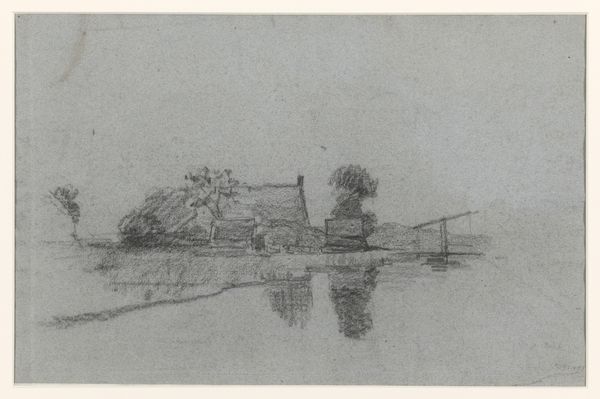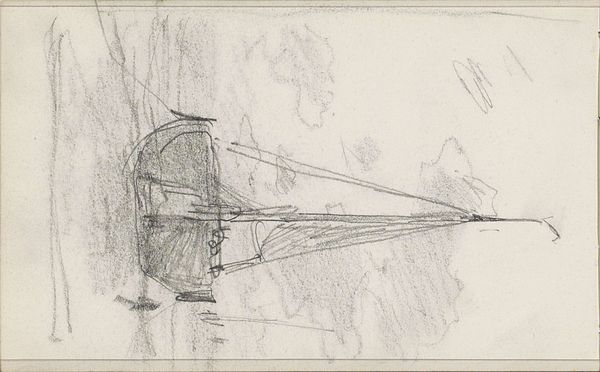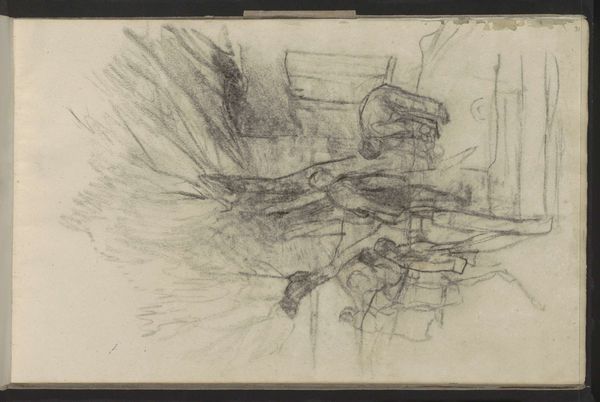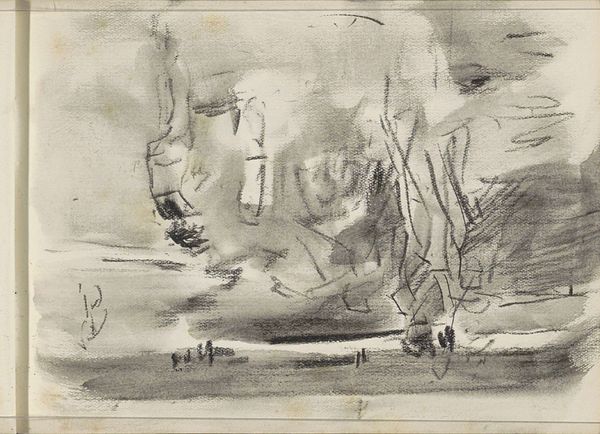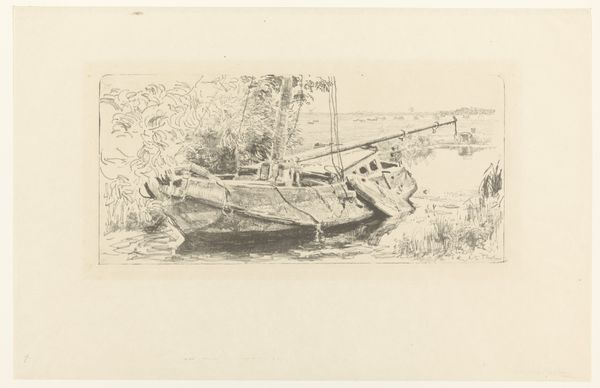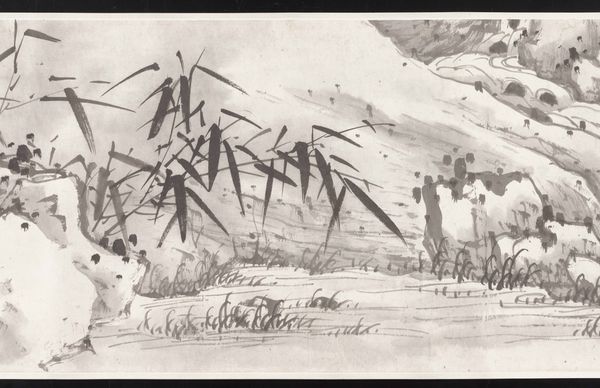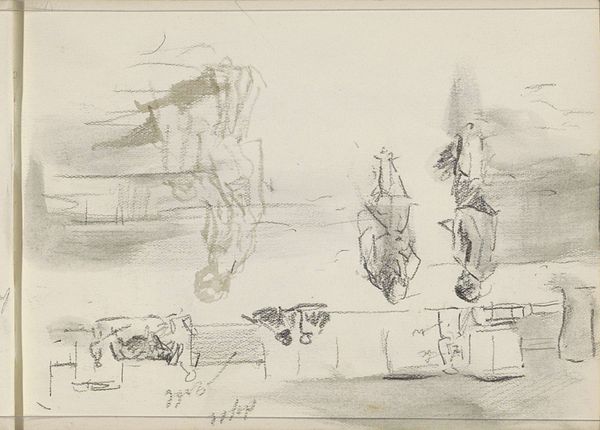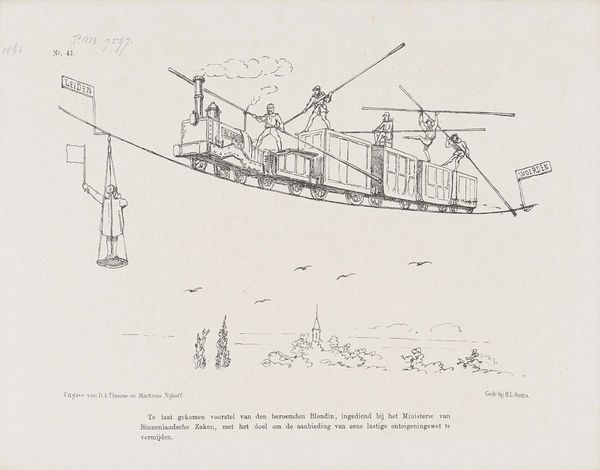
Dimensions: support: 400 x 578 mm
Copyright: CC-BY-NC-ND 4.0 DEED, Photo: Tate
Editor: This is Paul Nash’s "The Messerschmitt in Windsor Great Park." I’m struck by how the watercolor medium softens the harsh reality of a downed war machine. What story do you think Nash is telling through materials and process? Curator: The materiality speaks volumes. Watercolor, typically associated with landscapes, contrasts sharply with the industrial subject. Consider the labor: was this watercolor created on site? And how does this representation play into wartime consumption of images? Editor: That’s fascinating! I hadn’t thought about how the choice of watercolor challenges that traditional association. It makes you question its purpose. Curator: Exactly. The process and materials highlight the uneasy relationship between nature, industry, and the spectacle of war. Editor: I’ll definitely look at watercolors differently from now on. Thanks for helping me see that.
Comments
tate 4 months ago
⋮
http://www.tate.org.uk/art/artworks/nash-the-messerschmidt-in-windsor-great-park-n05716
Join the conversation
Join millions of artists and users on Artera today and experience the ultimate creative platform.
tate 4 months ago
⋮
In 1940 Nash was made an Official War Artist to the Royal Air Force. He made many studies of planes and wrecked enemy aircraft, although he was not allowed to fly in a plane himself because of health problems. His drawings and paintings of the period are vivid re-interpretations of the scenes he witnessed. He was particularly interested in the bizarre relationships between man-made and natural forms, and making static objects appear animated. Here the crashed German plane takes on a totem-like presence, accentuated by the strange shadows. Gallery label, September 2004
